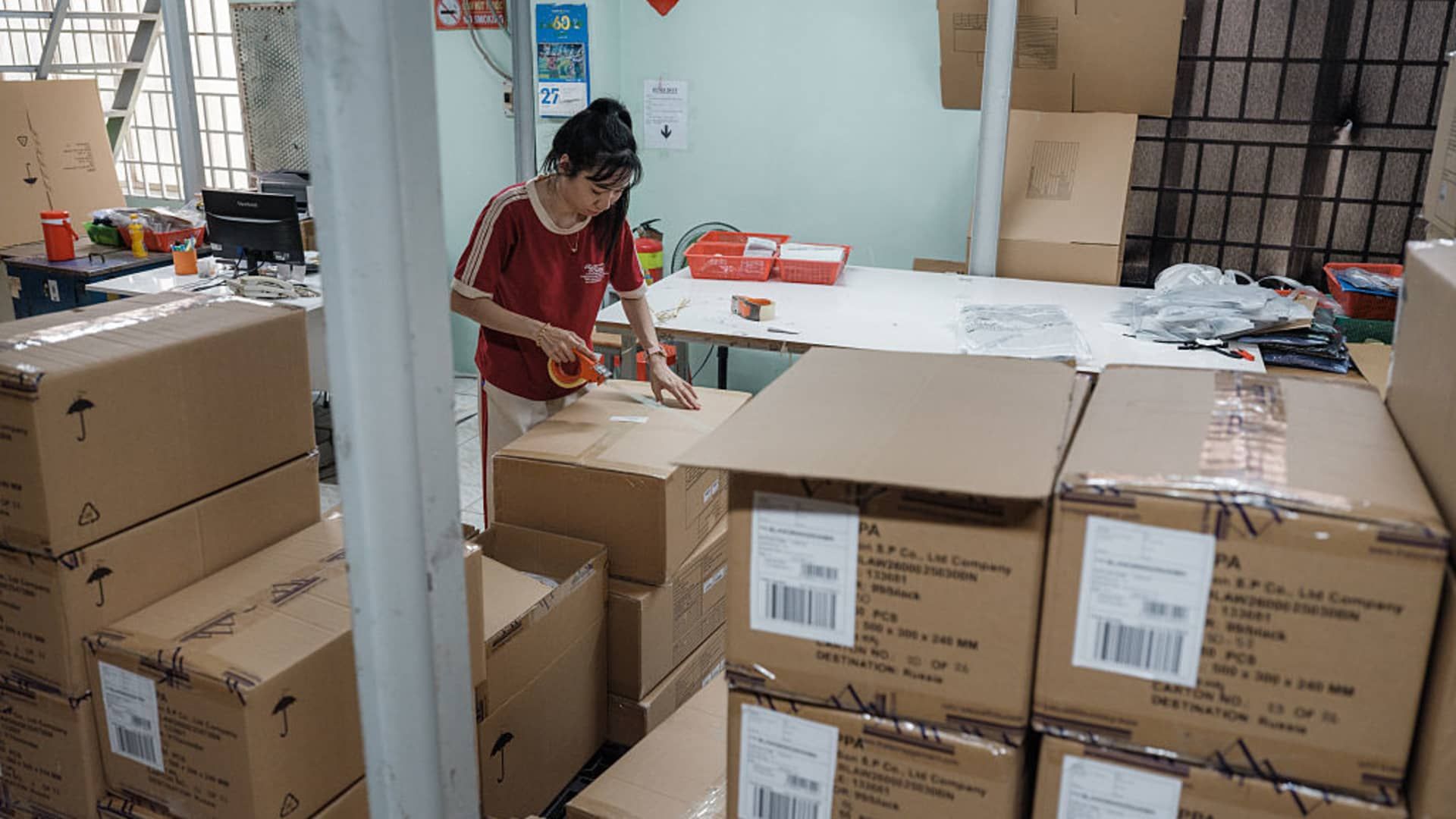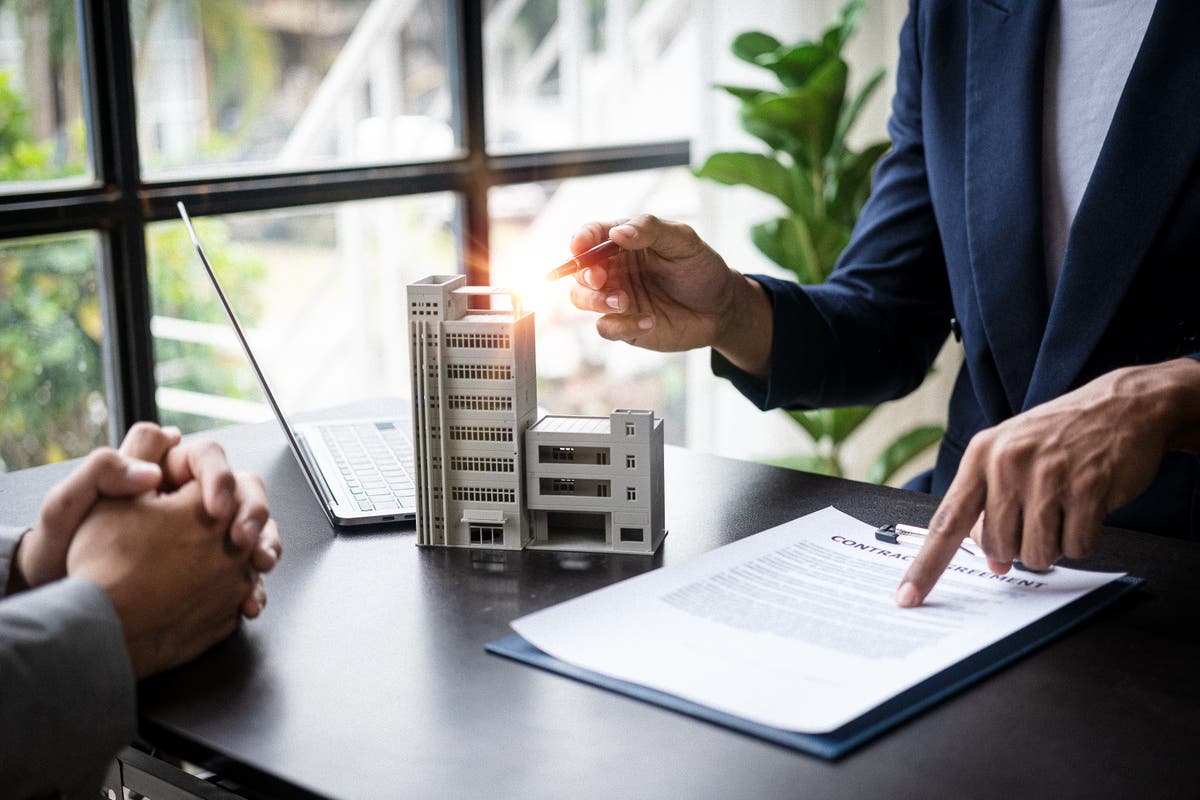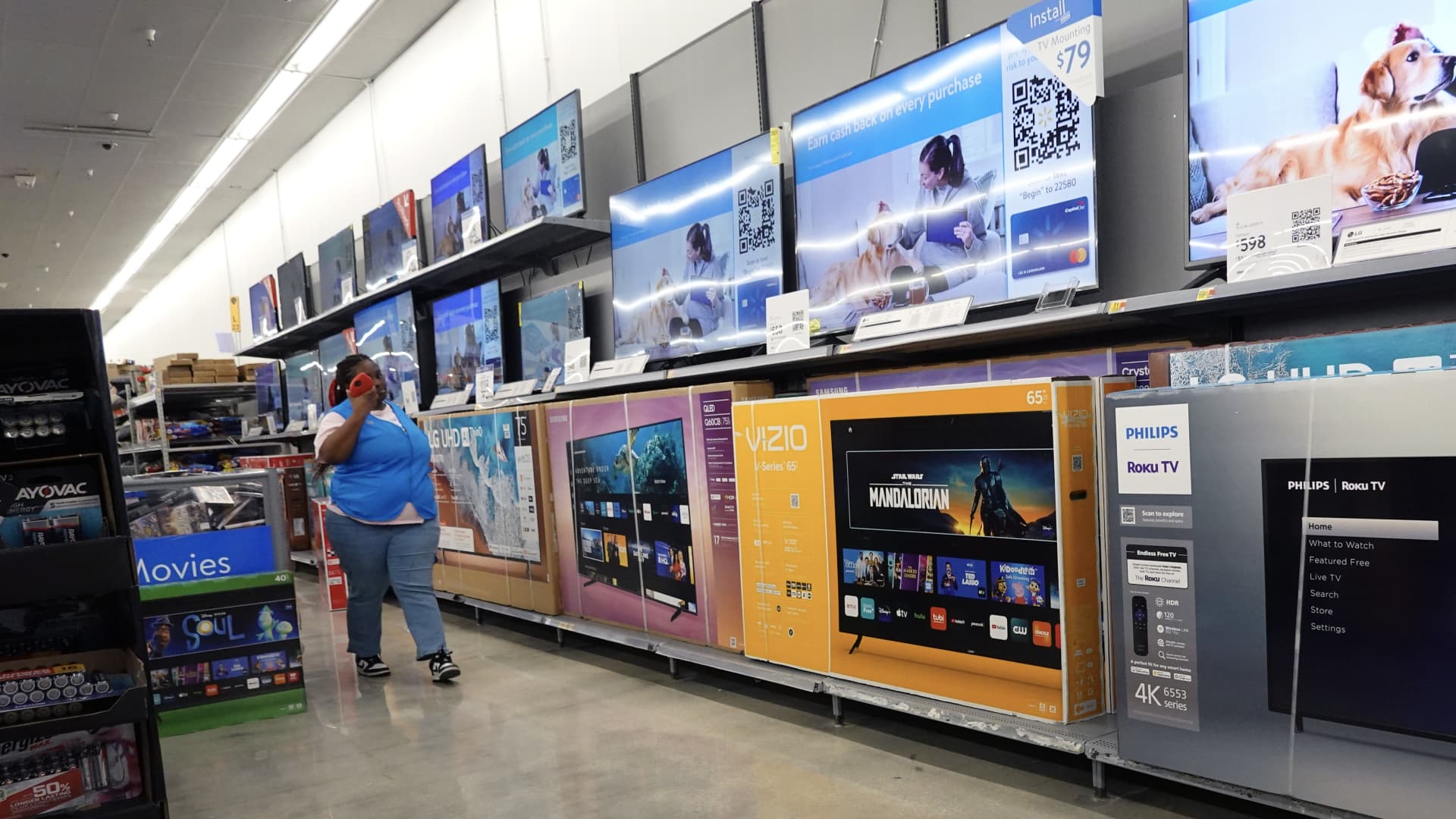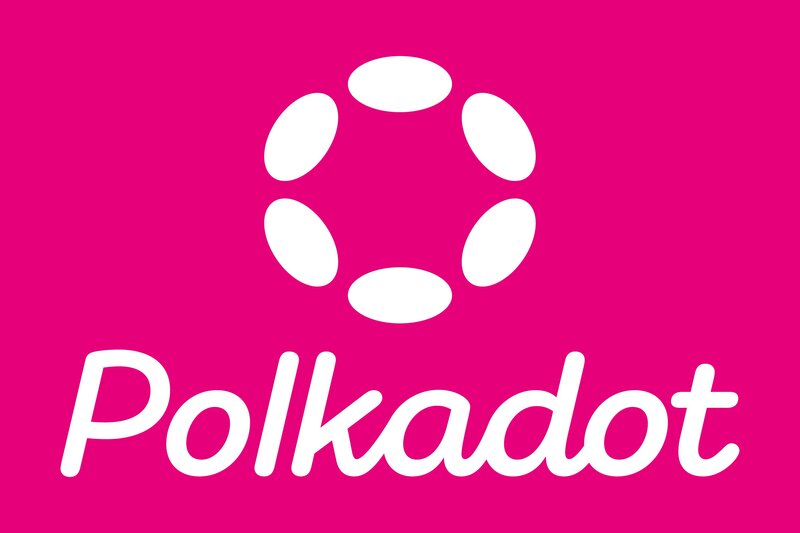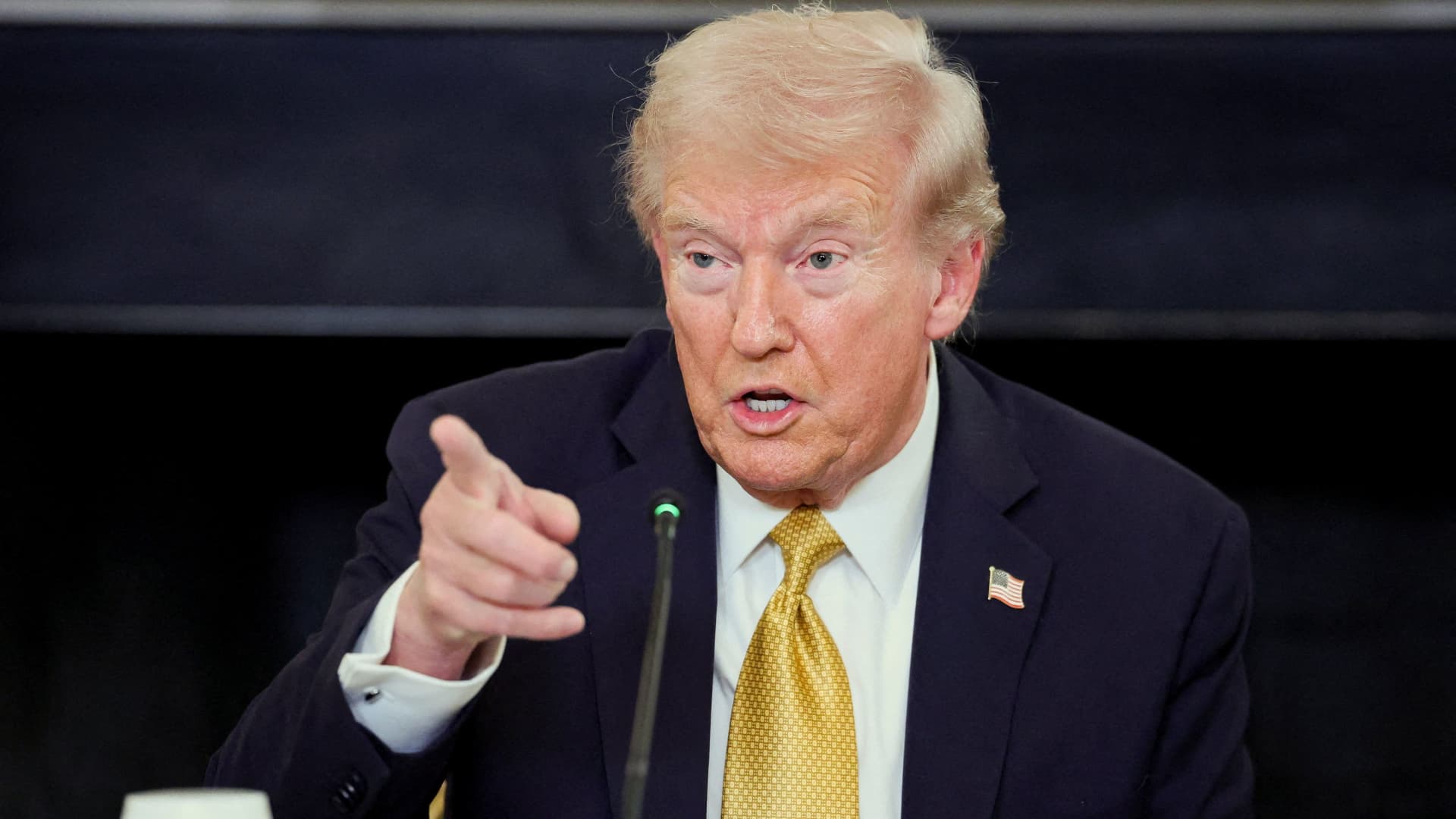The retail industry is breathing a sigh of relief after it seemed to avoid the worst case in Vietnam rates.
But some executives believe that the tentative that the president of the Donald Trump trade agreement announced Wednesday is still bad for business and could have a chilling effect on consumer spending.
“It is a much better news than where we were on the day of liberation,” said a CEO of a popular consumption brand to CNBC after Trump said the tariffs on Vietnamese imports would be 20%, below the 46% tax proposed on April 2, then then suspended. The new rate would be twice the 10% of the task currently in force.
Another executive described the news as “bad”, but agreed that a 20% tariff was better than the 46% duty that Trump originally imposed, however unrealistic the proposed rate was.
“I think Trump needs 'positive' news,” said a third executive. “I think things are going to evolve. Let's see if this is definitive.”
Trump's announcement on Wednesday occurred only days before the 90 -day suspension of the pronounced tariffs proposed to expire next week, already measure that his administration hastened to attack agreements with dozens of commercial partners. Even so, he did not say when the agreement with Vietnam would enter into force, or if both parties have agreed the rates.
In the months between the launch of Trump's April 2 rate and his announcement on Wednesday, retail executives in clothing and footwear industries worried about the potential that imports of Vietnam could face almost as high tariffs as cumulative tariffs of 55% for Chinese imports.
During the last decade, some of the main retailers in the United States, including Gap, American eagle and NikeAll have reduced their dependence on China to protect themselves from high rates and the geopolitical turbulence of the region.
Many sought refuge in Vietnam, where it is known that factories, some property of Chinese companies, produce products at a quality and price similar to those of China. They also began to manufacture in other countries in Southeast Asia, such as Cambodia, Bangladesh and Malaysia. These countries faced rates of 49%, 37% and 24%, respectively, under Trump's April plan, but are subject to a 10% duty for now.
Vietnam is now the second major shoes, clothing and accessories sold in the US market, according to the commercial group of the Industry, the American Association of Apoc. It has become an essential part of the footwear supply chain, to the rhythm to become the largest shoe supplier for the United States in 2025, according to distributors and retailers in América de los Calzado, another commercial group of the industry.
If the 46% rate proposed by Trump in Vietnam had entered into force, it would mean that much of the industry's work would abandon China would not have been at all. Some companies are relieved that the tentative agreement would establish the tax in 20% and the announcement agreement is also a sign that Cambodia, Malaysia and Bangladesh could reach similar frames.
“Twenty percent is a sigh of relief,” said Sonia Lapinsky, partner and managing director of Alixpartners who advises fashion brands. “There is some positivity and some optimism that this is manageable. So, at least there is that. This is not a business destruction, which is great. However, this has real implications, right?”
Most companies have many tools to compensate for the impact of rates, such as working with their suppliers to share costs. But to avoid important successes on their profit margins, many, including Nike, plan to increase prices. It is not yet clear how these walks will affect consumer spending because it will take time for the increases to get in the supply chain.
Alixpartners previously created Price models for CNBC that examined how the price of vietnamese sweaters and manufacturing shoes could increase under the tariffs proposed by Trump, if the retailers do not pass any of the costs to suppliers or buyers. With a 10%tax, the cost of a pair of shoes for men of $ 95 could increase by $ 7.42 to $ 102.42. With a 20% tax instead, the increase in costs would be even greater.
Many executives concern that any tariff increase in this magnitude is bad for companies and consumers. Paul Cosaro, the CEO of Picnic Time, a provider of the main retailers such as Aim, Kohl's and Macy'sHe said that if the watches returned to April and Trump said there would be a 20% tariff on Vietnamese imports, “no one would have been happy.”
“There could be threats of a 46% rate and you return with 20 and it will sound better, but … it is only more money that comes out of the pockets of consumers at the end of the day and have less money to spend on picnic baskets and refrigerators and things like that,” said Cosaro, who increased their prices between 11% and 14% this year to compensate for the cost of China's rates.
“It is not good for the consumer. Ultimately, prices are only increasing … I don't think it's good news.”

